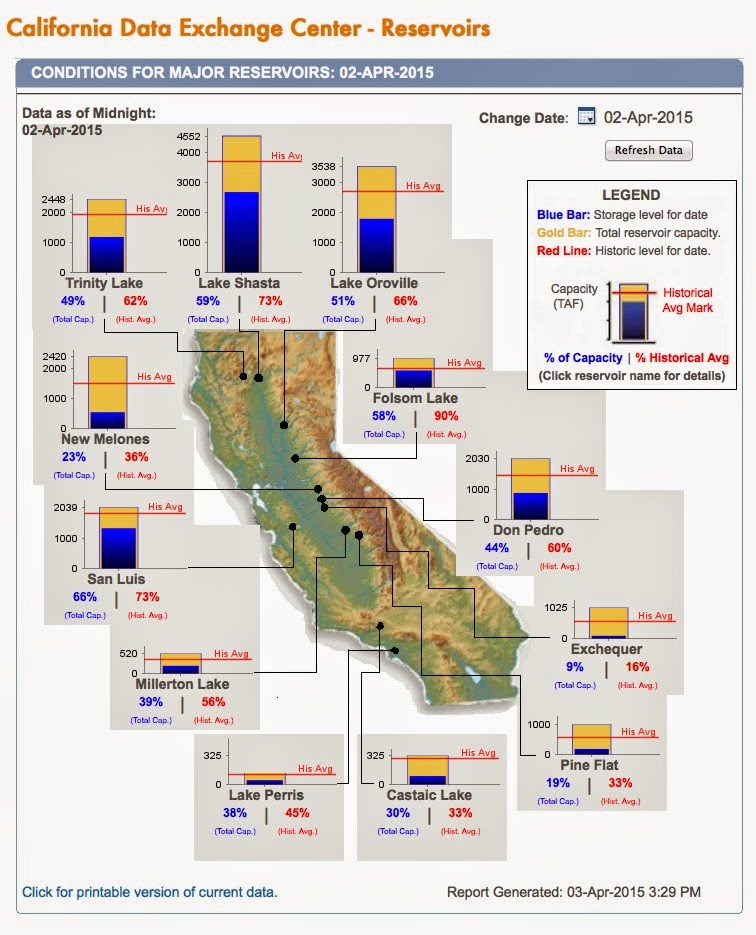I came across the following on Facebook:
"I was born a sinner too. My sin is mentioned in the Bible 25 times. I tried to change but I couldn't... Luckily society learned to accept us left-handed people."(Nicholas Ferroni, educator and activist)
Pretty clearly, it carries two messages. One is that the Bible is nonsense, since it condemns people for being left-handed. The other, implicit, is that biblical condemnation of homsexuality is nonsense, since biblical condemnation of left-handedness is.
As best I can tell from a little Google searching, the first message is a lie. The Bible mentions the left hand a considerable number of times, but the usual context is something like Jesus sorting people, putting the good people at his right hand and the bad at his left. That neither says nor implies that being left-handed is a sin. Most people are right handed, so it's natural enough to use "on his right" as a positive symbol.
Read literally, Ferroni isn't saying that the Bible claims being left-handed is a sin, only that it is a sin and is mentioned 25 times in the Bible. But since he obviously doesn't believe it is a sin, his claim only makes sense on the assumption that the Bible says it is. So far as I can tell it doesn't, although perhaps someone reading this can point at an example.
Even the literal version is probably false, since a reference to sorting people to someone's right hand and left hand isn't a reference to being left-handed, so my title understates how dishonest his claim is—my search only turned up two biblical references to left-handed people, neither of them negative. The interesting question is whether any of the people who approved of his post will be disturbed by the discovery that they were approving of a lie.
While searching for information, I came across what appears to be a Christian fundamentalist web site telling people to stop being left-handed. Reading it, in particular the faq, I am pretty sure it is a fake. If I am correct, I am again curious as to whether people hostile to Christian fundamentalists are or are not bothered to find their position being pushed by a deliberate fraud.
Does anyone here have information showing either that it is a fake or that it isn't?
While searching for information, I came across what appears to be a Christian fundamentalist web site telling people to stop being left-handed. Reading it, in particular the faq, I am pretty sure it is a fake. If I am correct, I am again curious as to whether people hostile to Christian fundamentalists are or are not bothered to find their position being pushed by a deliberate fraud.
Does anyone here have information showing either that it is a fake or that it isn't?

